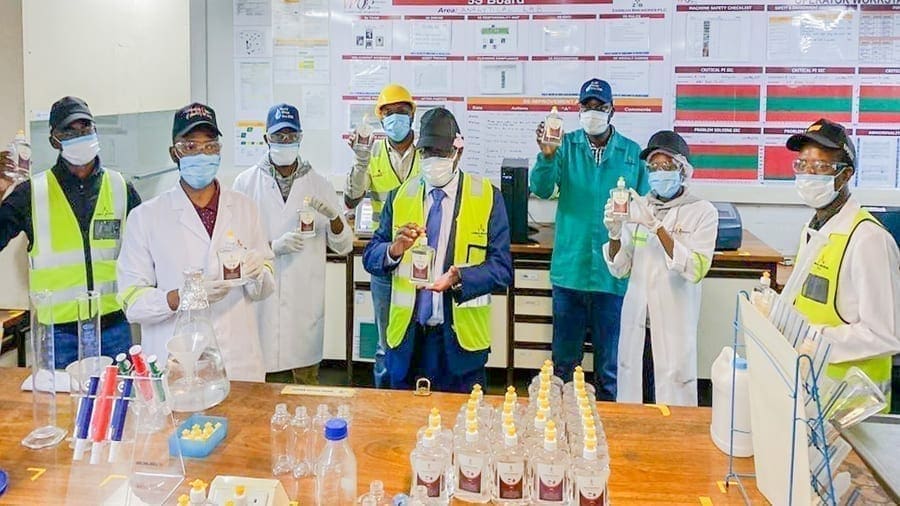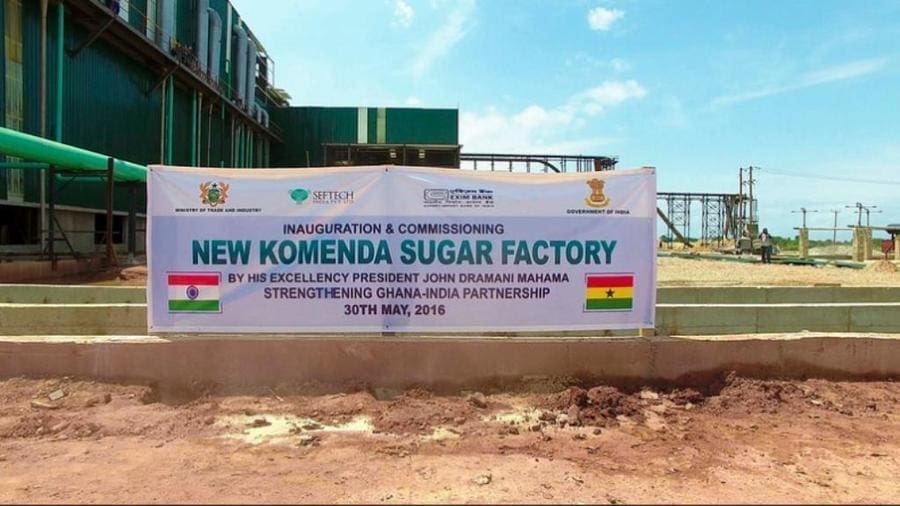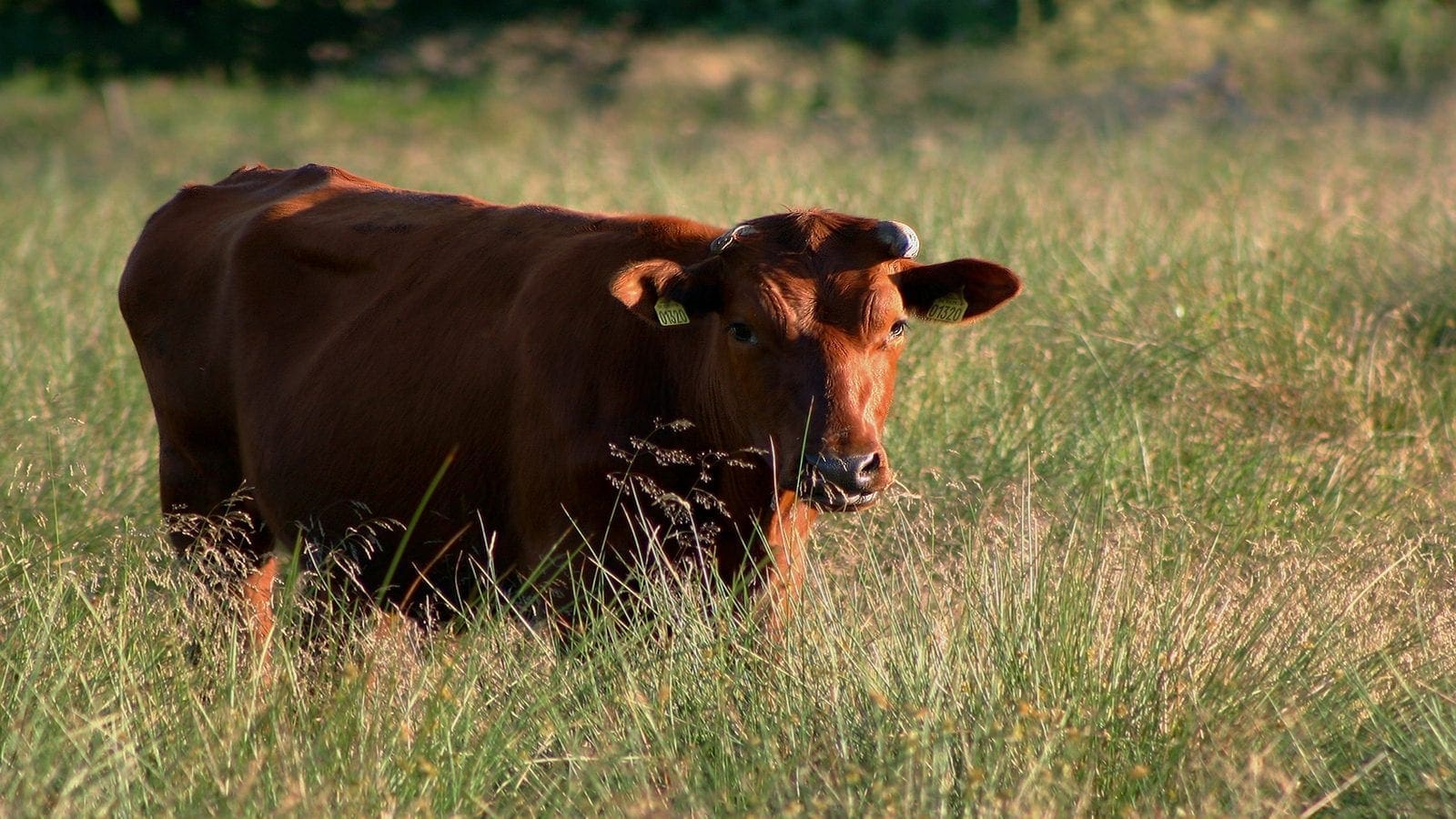ZIMBABWE – Zimbabwe has been hit by a serious milk shortage, with dairy farmers citing viability challenges emanating from poor producer prices.
Zimbabwe Association of Dairy Farmers (ZADF) chairperson Kudzai Chirima told Standard Business that prices offered by milk processors to farmers were not viable, making some of them divest from the venture and engage in other farming activities.
“We have a milk shortage in the country. Farmers realized that it’s not viable to produce milk at the moment because of the prices that are being paid by processors. The prices are ranging from ZW$42 (US$0.11) to ZW$48 (US$0.13) per litre,” Chirima said.
According to Chirima, for one to produce a litre of milk, a farmer would require about ZW$57 (US$0.15) and with the offered amount, they end up running into losses and debts.
Also, the farmers have resorted to not feeding their cows properly as they cannot meet the cost of production, resulting to dwindling milk production.
According to reports, the country’s milk production has declined by 11.26% to 5.4 million litres in February this year. Output declined by 4% in January.
Levy on cheese imports to fund milk production
In a bid to avert the situation, the government has proposed a voluntary levy on cheese and butter imports to finance growth of the dairy industry.
In 2020, Zimbabwe milking herd produced roughly 77 million litres of milk against national consumption of 130 million litres per year.
The proposed policy intervention is in addition to other measures already in place including duty free powder milk importation as well as restricted imports of processed milk and dairy products.
However, players in the sector want more measures to be put in place if the milk output is to grow.
There are also questions on whether the proposed measure will make any difference in closing the milk supply gap, which is almost equal to what is being produced.
In the 12 months to January 2021, the country’s imports of cheese and butter were less than US$1 million, according to figures provided by ZimStat, and any levy will not make any meaningful impact, industry experts say.
The country, which used to have as many as 119 220 dairy cows now has just over 18 600 milking cows excluding 6 641 in calf heifers, 7 892 dry cows, and 7 036 “other” heifers, a combined herd that is not enough to produce the country’s milk requirements.
In 2020, the milking herd produced roughly 77 million litres of milk against national consumption of 130 million litres per year.
The milk deficit is augmented by powdered milk imported from neighbouring South Africa. As a result, the country is spending more than US$7 million per month to import powdered milk and butter.
Proposed moves by industry players
Players in the sector, however, want much more to be done. According to Zimbabwe Dairy Industry Trust chairman, Theodora Marimo, the sector still needs policy interventions in terms of availing financing specific for dairy farmers and removal of duplication of levies along the value chain.
The dairy farming sector is not exempted from the high cost of inputs such as stock feeds and raw materials cumulatively constituting 85 percent of the Total Cost of Production.
Another proposal to bring costs to the consumer down, according to Marimo, is to remove duty on UHT packaging that is not locally produced. Players in the sector are of the view that high cost of capital interest rates of between 40-50 percent as well as absence of medium to long term financing for capital investment, makes it difficult to grow the industry.
Marimo also proposed that exports of raw materials for stock feed production be allowed only when the local market is adequately supplied to minimise parity pricing “which is driving costs across the value chain.
She highlighted that currently key stock feed raw materials were being exported and then imported back as feed, a practice which is creating increased costs for the country and causing the industry to be uncompetitive.
Marimo further proposed that adequate land be available to farmers to grow feed or create economic hubs that support local production of stock feed for livestock farmers.
She said there was also need to establish a genuine one stop shop for permit and licence applications, so as to reduce the turnaround time for such applications. Currently players in the sector require three permits and one licence all from different issuers.
Dairy farmers also feel constrained by duplication of levies along the value chain, and would like these, including the Agricultural Marketing Authority levy on milk, to be removed.
Liked this article? Subscribe to Food Business Africa News, our regular email newsletters with the latest news insights from Africa and the World’s food and agro industry. SUBSCRIBE HERE










